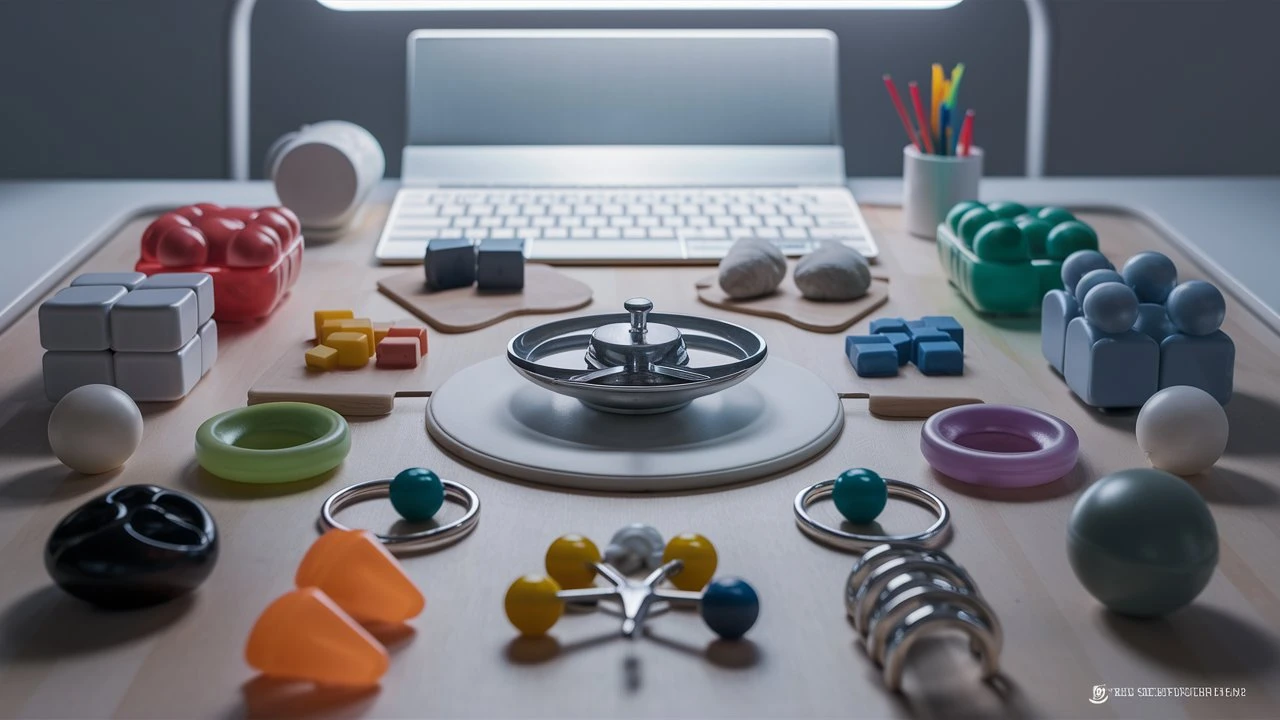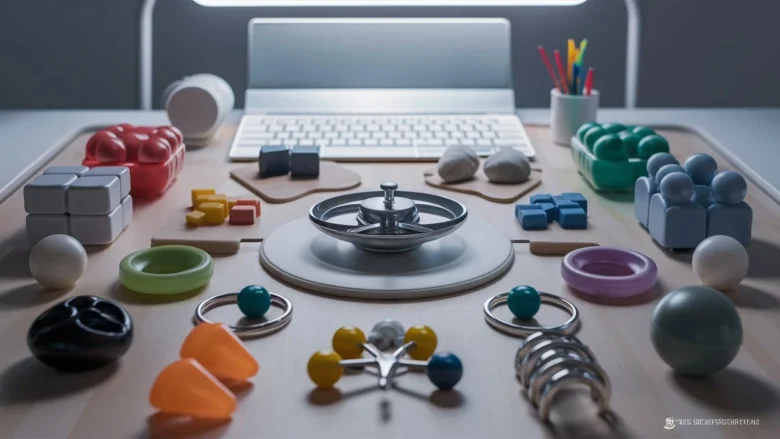Cordless engraving tool vs hand engraving crafts – I get asked this question at least three times a week.
- What’s Really The Difference Between Power Tools and Manual Engraving?
- The Real Questions You’re Actually Asking Yourself Right Now
- 💖 You Might Also Like
- When Cordless Engraving Tools Actually Make Sense
- When Hand Engraving Crafts Are The Only Real Option
- The Cost Breakdown Nobody Talks About
- Speed and Efficiency: The Real Numbers
- Quality Differences You Need To Understand
- Learning Curve Reality Check
- What About Mixing Both Methods?
- Physical Strain and Long-Term Health
- Frequently Asked Questions
- Can you engrave glass with both methods?
- Do professional jewelers use power tools?
- How long do cordless engraving tools last?
- Is hand engraving a dying art?
- Can beginners start with hand engraving?
- Which materials work best with each method?
- Making Your Decision: The Framework That Actually Works
- My Final Take On Cordless Engraving Tool vs Hand Engraving Crafts
And I get it.
You’re sitting there wondering if you should drop a few hundred bucks on a cordless engraving tool or stick with the traditional hand engraving methods your grandfather used.
Here’s the truth nobody tells you.
Both can make you money.
But only one will scale.
Let me break this down in a way that actually matters to your craft business.
What’s Really The Difference Between Power Tools and Manual Engraving?
I’ll be straight with you.
A cordless engraving tool is basically a handheld machine that spins or vibrates to cut into materials.
It runs on batteries.
No cords getting tangled while you work.
Hand engraving crafts use traditional tools like gravers, chisels, and burins.
You push these tools by hand to carve designs into metal, wood, or glass.
Your muscles do all the work.
Zero electricity needed.
The fundamental difference?
Speed versus soul.
That’s what it comes down to.
The Real Questions You’re Actually Asking Yourself Right Now
Before we dive deeper, let’s talk about what’s keeping you up at night.
You’re probably wondering:
- Can I actually make detailed work with a power tool?
- Will customers think I’m cheating if I don’t do everything by hand?
- How long will it take me to finish a project with each method?
- Which one will hurt my hands less after eight hours of work?
- What if I invest in the wrong one and waste my money?
I’ve been there.
These are real concerns.
And I’m going to answer every single one.
💖 You Might Also Like
When Cordless Engraving Tools Actually Make Sense
Let me tell you about my friend Sarah.
She started her jewelry business doing everything by hand.
Beautiful work.
Took her six hours to engrave one bracelet.
She was making maybe two pieces a week.
Then she bought a Dremel cordless engraving tool for $89.
Suddenly she was finishing bracelets in 45 minutes.
Same quality.
Way more output.
Her income tripled in two months.
Here’s when power engraving tools win:
For Production Volume
- You need to complete multiple pieces daily
- Custom orders pile up faster than you can handle
- Time equals money in your specific situation
- You’re selling at markets or online stores with high demand
For Certain Materials
- Hard metals like stainless steel or titanium
- Thick glass or crystal projects
- Large surface areas that would destroy your hands
- Industrial applications where precision depth matters
For Physical Limitations
- You deal with hand pain or arthritis
- Carpal tunnel makes long hand work impossible
- You’re building a business that needs to scale beyond just you
- Training employees becomes way easier with power tools
For Beginner Learning Curves
- You get results faster when starting out
- Mistakes are easier to fix and blend
- Confidence builds quicker with early wins
- Practice time decreases significantly
When Hand Engraving Crafts Are The Only Real Option
Now flip the script.
My mentor James does custom firearms engraving.
He’s been offered every power tool in existence.
He won’t touch them.
Why?
Because collectors pay $5,000+ for his work specifically because it’s hand engraved.
The slight variations prove it’s authentic.
Machine work looks too perfect.
Too sterile.
His clients don’t want that.
Here’s when manual engraving tools are non-negotiable:
For Premium Pricing
- Luxury markets where “handmade” commands 10x prices
- Art pieces sold in galleries
- Historical restoration work
- Custom work for collectors who specifically request hand techniques
For Specific Artistic Effects
- Traditional scrollwork that requires varied pressure
- Fine jewelry with delicate details
- Relief carving where depth changes constantly
- Shading techniques that power tools can’t replicate
For Certain Projects
- Tiny spaces where cordless tools won’t fit
- Projects requiring absolute silence
- Work on extremely delicate materials
- Antique restoration where authenticity matters
For The Craft Itself
- You genuinely enjoy the meditative process
- The connection to traditional methods matters to your brand
- Your marketing hinges on “old world craftsmanship”
- Building a reputation in traditional craft communities
The Cost Breakdown Nobody Talks About
Let’s get into the money.
Because that’s what actually matters.
Cordless Engraving Tool Investment:
- Entry level: $50-150
- Professional grade: $200-500
- Accessories and bits: $100-300 yearly
- Battery replacements: $50-100 every 2-3 years
- Learning resources: $0-200
Total first year: $300-1,100
Hand Engraving Tools Investment:
- Basic graver set: $50-200
- Professional gravers: $500-2,000
- Sharpening equipment: $100-500
- Practice materials: $50-200
- Training/courses: $500-3,000
Total first year: $1,200-5,900
The power tool looks cheaper.
But here’s the catch.
Hand engraving skills become more valuable over time.
You can charge more.
Way more.
A master hand engraver can charge $200-500 per hour.
Someone with a Dremel?
Maybe $50-100 per hour.
The math changes when you zoom out.
Speed and Efficiency: The Real Numbers
I timed this myself.
Same design.
2-inch decorative pattern on a steel plate.
With a cordless rotary tool: 12 minutes With hand gravers: 1 hour 15 minutes
That’s over 6x faster with power.
But wait.
The hand-engraved version sold for $180.
The power-engraved version sold for $65.
Per hour earnings?
Hand engraving: $144/hour Power engraving: $325/hour
Both work.
Different markets.
Different strategies.
Quality Differences You Need To Understand
This is where people get confused.
They think power tools can’t create quality work.
Wrong.
They think hand tools automatically mean better quality.
Also wrong.
Quality comes from the person holding the tool.
Period.
But here’s what IS different:
Cordless Tool Characteristics:
- Consistent depth and width
- Faster coverage of large areas
- Can look slightly mechanical
- Easier to maintain uniformity
- Better for geometric patterns
- Vibration can create unique textures
Hand Tool Characteristics:
- Subtle variations that add character
- Ability to change direction instantly
- Deeper emotional connection to the piece
- Traditional aesthetic that some markets crave
- More control over pressure and angle
- Each piece is genuinely one-of-a-kind
Neither is “better.”
They’re different tools for different outcomes.
Learning Curve Reality Check
I’m going to save you months of frustration.
Cordless engraving tools:
- Basic competence: 2-4 weeks
- Intermediate skills: 2-3 months
- Professional level: 6-12 months
Hand engraving:
- Basic competence: 3-6 months
- Intermediate skills: 1-2 years
- Professional level: 5-10 years
The difference is massive.
If you need to start making money next month, the choice is obvious.
If you’re building a 20-year career as a master craftsperson, different choice.
What About Mixing Both Methods?
Here’s something most people never consider.
You don’t have to pick just one.
I know engravers who rough out designs with cordless tools, then finish details by hand.
Saves time.
Maintains the handcrafted premium.
Best of both worlds.
Smart Hybrid Approaches:
- Use power tools for backgrounds and large areas
- Switch to hand tools for fine details and focal points
- Rough cuts with rotary, finishing passes by hand
- Power tools for production pieces, hand tools for custom work
- Let your hand skills guide the power tool for best results
This is actually how most professional engraving shops operate.
They just don’t advertise it that way.
Physical Strain and Long-Term Health
Nobody talks about this enough.
Hand engraving destroys your body if you’re not careful.
I’ve seen 40-year-old engravers with hands like they’re 70.
Repetitive strain injuries are real.
Hand Engraving Physical Impact:
- Significant hand and wrist strain
- Requires proper ergonomic setup
- Can cause carpal tunnel over years
- Demands excellent posture
- Needs regular breaks and stretching
Cordless Tool Physical Impact:
- Vibration can cause numbness
- Different muscle groups get fatigued
- Noise exposure (wear protection)
- Dust inhalation concerns
- Less precision hand strain
If you’re planning to do this for decades, consider your body.
An injury at 45 can end your career.
Frequently Asked Questions
Can you engrave glass with both methods?
Yes, but cordless tools work way better for glass. Hand engraving glass requires diamond-tipped tools and is extremely difficult. Most glass engraving today uses rotary tools with diamond bits. Results are faster and more consistent.
Do professional jewelers use power tools?
High-end jewelers use both. They rough out with power tools and finish details by hand. The smartest craftspeople use whatever gets the best result. There’s zero shame in using modern tools for efficiency.
How long do cordless engraving tools last?
Quality brands like Dremel last 5-10 years with proper care. Cheaper models might only last 1-2 years. Battery life decreases over time. Replacement parts are usually available.
Is hand engraving a dying art?
Not at all – it’s actually growing in premium markets. Collectors pay more than ever for authentic hand work. But the number of skilled practitioners is declining. Which means opportunities for those who master it.
Can beginners start with hand engraving?
You can, but expect a steep learning curve. Most experts recommend starting with power tools. Build confidence and understanding first. Then add hand skills if it fits your goals.
Which materials work best with each method?
Cordless tools excel on hard materials like steel, glass, and stone. Hand tools work beautifully on softer metals like silver, gold, and copper. Wood can go either way depending on desired effect. Match your tool to your material and project goals.
Making Your Decision: The Framework That Actually Works
Stop overthinking this.
Here’s how to decide in five minutes:
Choose cordless engraving tools if:
- You need income within 90 days
- Volume matters more than prestige pricing
- You work with hard materials regularly
- Physical limitations make hand work difficult
- Your market doesn’t value “handmade” premiums
Choose hand engraving if:
- You can invest 6-12 months in skill building
- Your target market pays premium for craftsmanship
- You’re restoring antiques or doing museum work
- Building a reputation as a traditional artisan matters
- You genuinely love the meditative craft process
Choose both if:
- You’re serious about this as a business
- Different projects require different approaches
- Maximum flexibility serves your income goals
- You want production AND premium custom options
My Final Take On Cordless Engraving Tool vs Hand Engraving Crafts
After fifteen years in this space, here’s what I know for sure.
The tool doesn’t make the artist.
You do.
I’ve seen incredible work from $50 Dremels.
I’ve seen garbage from $5,000 hand tool setups.
Start where you are.
Use what you can afford.
Focus on getting better every single day.
The market will tell you if you need to upgrade, switch, or stick with what works.
Money follows skill, not tools.
But here’s the thing most people miss.
Speed compounds.
If a cordless tool lets you complete five projects while hand engraving finishes one, you get five times the practice.
You improve faster.
You make more mistakes and learn from them quicker.
Unless you’re specifically targeting ultra-premium markets that demand hand techniques, start with power.
Build momentum.
Add hand skills later if your business requires them.
The craftspeople making real money aren’t debating tools in forums.
They’re in the shop producing work.
That’s where you should be too.
Now stop reading and go make something.
Your first project with either cordless engraving tool vs hand engraving crafts will teach you more than any article ever could.












